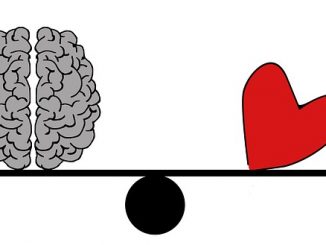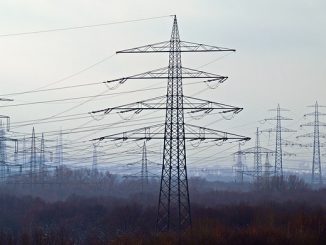
The processes of strategic analysis have developed in recent decades on simple fundamentals:
– Understand your environment
– Assess your strengths and weaknesses
– Quantify the issues
– Choose the right positioning
But are these pillars sufficient? Are conventional approaches to strategic analysis still adapted to the world of energy?
Two evolutions of the energy systems seem important to me to answer to these questions.
First of all, the energy systems and offers are no longer defined in a sort of top-down logic by monopolistic energy providers. Rather, they emerge from the convergence, more or less organized, of two major types of initiatives: on the one hand, top-down initiatives still pushed by national actors and by state policies, notably influencing energy mix and centralized productions; on the other hand, bottom-up initiatives initiated by a host of actors and local authorities. It is now less certain for an energy company to have all the levers to deploy a chosen strategic scenario.
Then, the many evolutions, even disruptions of all kinds, affecting the energy market introduce an unprecedented level of uncertainty about what the environment and market conditions will be, about the positions that it will be possible and relevant to adopt.
As a result, it is now dangerous to define and deepen ONE strategy and ONE preferred scenario, based on the most probable evolutions or on a 20 years vision. I always ask my clients in this case: “and what happens if the environment evolves differently? “. Often, they answer me: “then, it will be very difficult for us”, very rarely: “we thought about it, the chosen scenario resists well in all cases” or “we will have to ajust our strategy but the decisions already made have no reason to be questioned “.
The strategy is not a Russian roulette game. The challenge is now to define several scenarios corresponding to major development options that the energy company will be able to draw from its analysis and knowledge of the environment. Each scenario is studied in an interdependent way to highlight, in particular, the decisions that need to be taken in the short term and to choose the most robust options in all the scenarios.
Energy systems and offers require profitable investments over very different periods, from a few months / years to a few decades. The strategic process of any energy company must enlighten long-term investment issues, reducing them to what is strictly necessary, and allow flexibility to decide, when they become useful, investments in the short term.
The strategy is now less a trajectory than a fair planning of the structuring decisions about the development and evolution of the organizations. As such, the visionary dimension of the strategy is waning. I have already spoken on the subject recently.
In addition, two qualities seem essential to me:
– To develop the greatest possible intimacy and empathy with the environment to capture all the signals to understand their current and future evolutions.
– To be able to give meaning to a company trajectory. The vision no longer concerns an objective to be attained, an imagined world in which an organization is projected: it must rather allow to glimpse a winning path. At every moment, on this trajectory, the energy company must give meaning to its action for the community, for individuals, for its customers and for its shareholders. If its objectives are not meaningful, they will have all the difficulties to be achieved.
The art of building business strategy has evolved, as has the art of war, which sometimes inspired it. Influencing forces, interactions and interdependencies are more numerous. While the environment of energy companies has never been so complex, uncertain and threatening, the strategic approaches of many of them do not evolve. The “business canevas” is often the most recent tool that has been adopted. The work of the teams is no longer guided and often confusion and vagueness are the consequence.
In my conferences and with my clients, I will continue tirelessly to promote more modern, meaningful and systemic approaches: the feedback I receive on this subject motivates me even more.




Leave a Reply